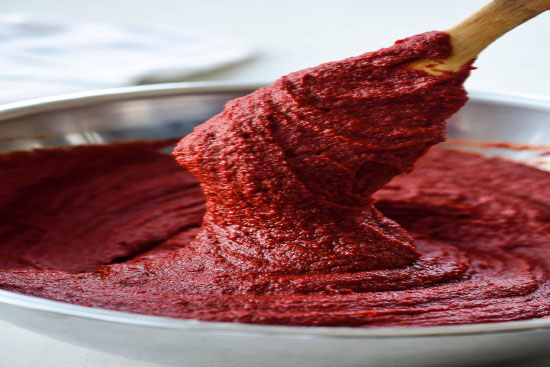
What is gochujang? Gochujang (고추장), Korean fermented chili pepper paste, is one of the primary Korean seasoning and flavoring ingredients. The red thick paste is deeply savory, peppery, pungent, slightly sweet and spicy! No wonder everything tastes better with gochujang! Traditionally homemade, gochujang is made of gochugaru (Korean red chili peppers), sweet syrupy liquid made with yeotgireum (엿기름, malt barley), meju garu (fermented soybean powder), sweet rice or other grain powder, and salt. These ingredients are mixed well to a thick paste and placed in earthenware pots to ferment for months.
This policy contains information about your privacy. By posting, you are declaring that you understand this policy:
This policy is subject to change at any time and without notice.
These terms and conditions contain rules about posting comments. By submitting a comment, you are declaring that you agree with these rules:
Failure to comply with these rules may result in being banned from further commenting.
These terms and conditions are subject to change at any time and without notice.
The latest
The latest
Comments (0)